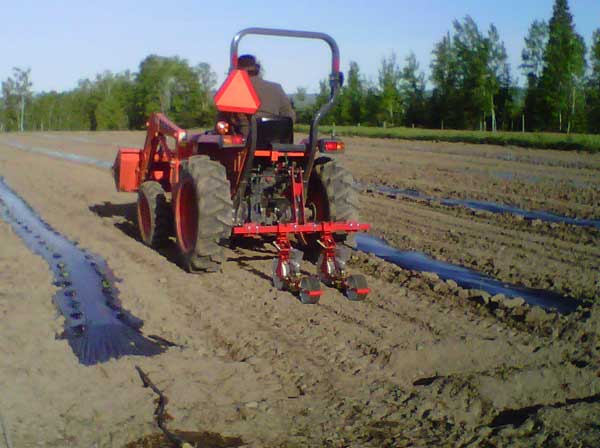
THUNDER BAY – BUSINESS – Average farmland values in Ontario continued to rise in 2014, but the climb wasn’t as steep as the previous year, according to the latest Farm Credit Canada (FCC) Farmland Values Report.
Ontario was among five provinces that showed a smaller increase from the previous year, slowing from an increase of 15.9 per cent in 2013 to 12.4 per cent in 2014.
Average farmland values in Canada showed a 14.3-per-cent increase in 2014, compared to a 22.1-per-cent increase in 2013. The rate of increase also slowed in many key agriculture regions, including Alberta, Manitoba, Ontario, Quebec and Saskatchewan.
“While the increases are still significant in many parts of the country, they do suggest we are moving toward more moderate increases for farmland values,” said Corinna Mitchell-Beaudin, FCC executive vice-president and chief risk officer. “This is good news for producers since gradual change in the value of this key asset is always better for those entering or leaving the industry.”
Other provinces, including British Columbia, New Brunswick, Nova Scotia and Prince Edward Island continued to see single-digit increases, while the value of farmland in Newfoundland and Labrador remained unchanged from 2013.
J.P. Gervais, FCC chief agricultural economist, has been predicting a “soft landing” for farmland values since crop prices began moving closer to the long-term average following abnormally high prices due to the 2012 U.S. drought.
While lower interest rates make it tempting to buy land, Gervais emphasized producers need to exercise caution. “Interest rates will eventually increase, even if this is not on the 2015 horizon,” he said. “Expanding world stocks of grains and oilseeds could bring prices down further, creating tighter margins.” Tighter profit margins may also affect the land rental market. Rental rates usually take a little time to adjust downward following lower grain and oilseed prices. Multi-year leases are also gaining in popularity.
“Producers should be encouraged that a weak Canadian dollar, expanding trade agreements and growing world food demand are helping to enhance the demand side of the market for Canadian commodities, creating a positive long-term outlook for agriculture,” Gervais added.
“Land is a valuable asset and there really isn’t a one-size-fits-all formula for determining when to buy or sell,” Mitchell-Beaudin said. “Producers really need to take a close look at their operations and ensure they can manage through a number of scenarios when it comes to revenues and expenses.”


